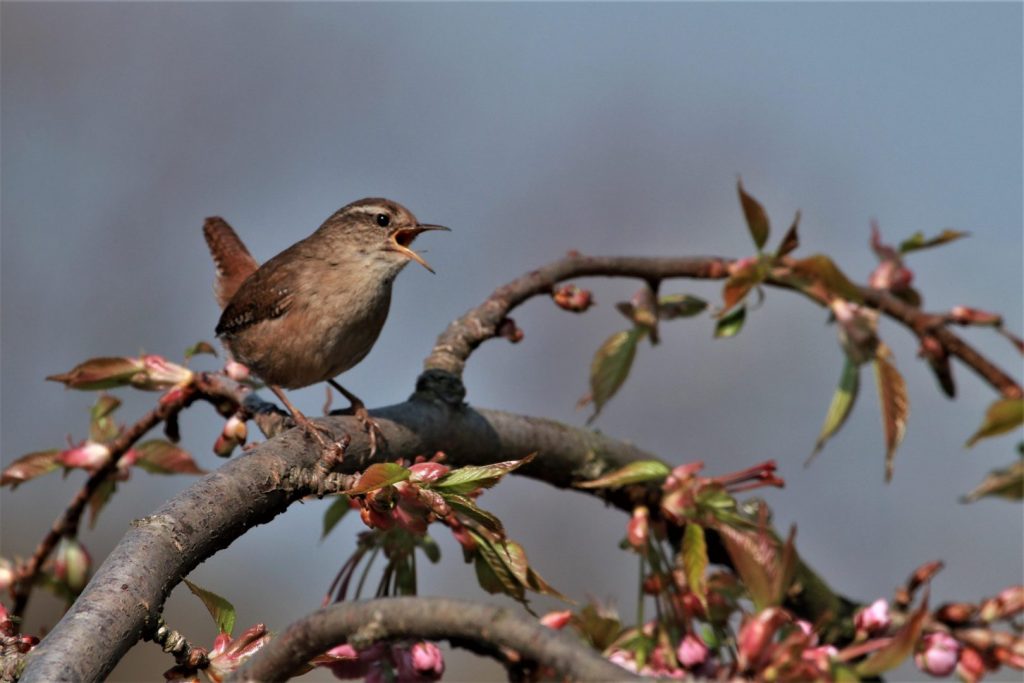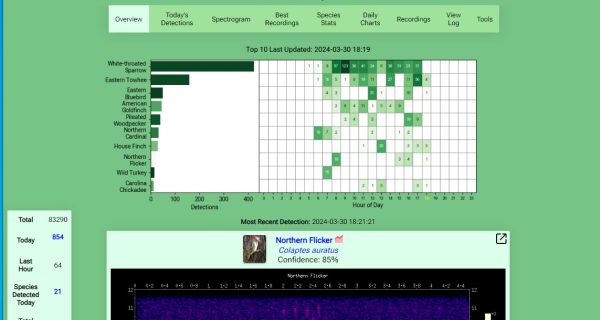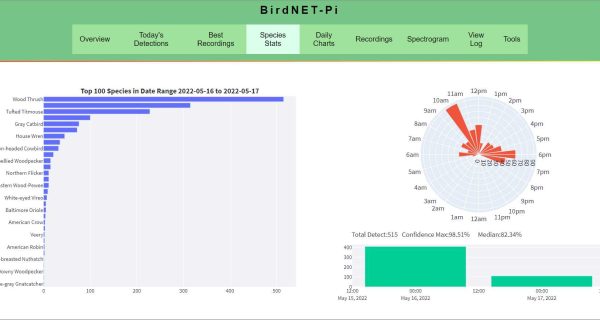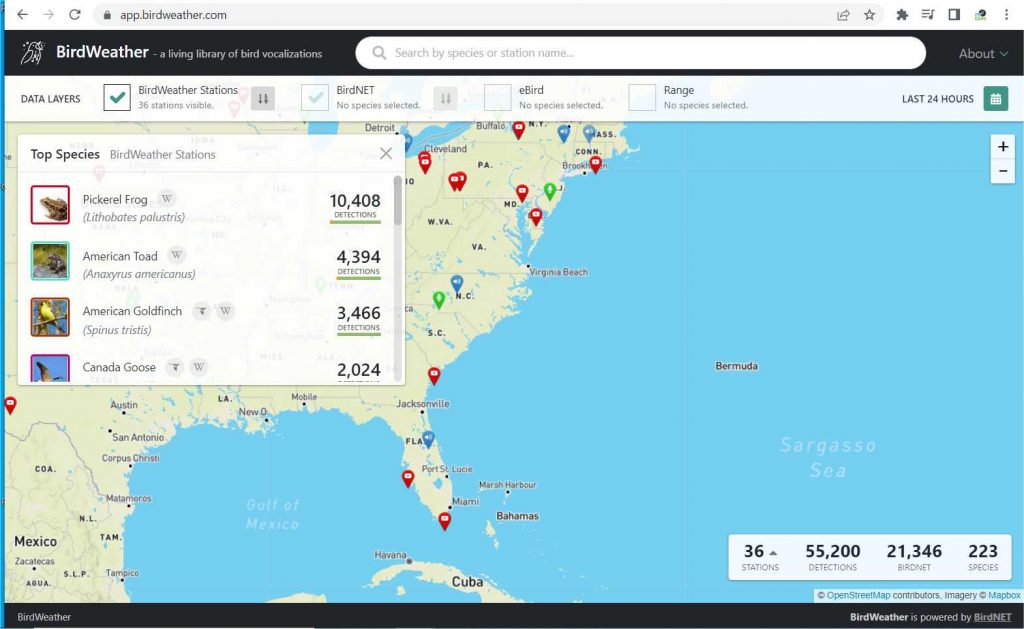Real-time Acoustic Bird Classification
Introduction to Bird Call Bioacoustics
Bird call bioacoustics is a multidisciplinary field that encompasses the study of the vocalizations and sound-producing mechanisms of birds, as well as the application of these sounds for the identification and understanding of avian species. By analyzing the frequency, duration, amplitude, and temporal patterns of bird calls and songs, bioacousticians can decode the complex communication systems of birds. Advanced technologies such as spectrogram analysis and automated sound recognition algorithms have revolutionized the process of bird identification from sound recordings, enabling researchers and enthusiasts to distinguish between species based solely on their vocalizations. This interdisciplinary approach combines elements of ornithology, acoustics, signal processing, and computer science to unravel the intricacies of avian communication and behavior, facilitating conservation efforts, ecological research, and citizen science initiatives worldwide.
Using the BirdNET-Pi Real-Time Acoustic Classifier
The real-time acoustic bird classification is an Machine Learning Powered bird sound recognition algorithm called BirdNET developed by The K. Lisa Yang Center for Conservation Bioacoustics at the Cornell Lab of Ornithology and the Chair of Media Informatics at Chemnitz University of Technology. BirdNET focused on the detection and classification of avian sounds using machine learning and can currently identify around 3,000 of the world’s most common species. BirdNET is the bird identification software used in the popular Merlin App. BirdNET-Pi uses a Raspberry Pi Single Board computer creating an autonomous real-time bird call classification system.
BirdNET-Pi Listening Station
BirdNET-Pi an open-source software tool running on a small computer called the Raspberry Pi that you can build yourself and listen for birds in your backyard.
See the listening station here:
PixCams, Murrysville, PA: Murrysville PA BirdNET
Migration Station, Murrysville, PA: Migration Station BirdNET
Westmoreland Bird and Nature Club, Murrysville, PA: WBNC BirdNET
Saint Vincent College, Latrobe , PA: Saint Vincent BirdNET
WLT St. Xavier, Latrobe, PA: St Xavier BirdNET
Iroquois National Wildlife Refuge, Basom NY: INWR BirdNET
Hays Woods, Pittsburgh, PA: Hays BirdNET
Migration Station Weather Station:
Murrysville, PA: Tempest Weather Station on Weather Underground
BirdWeather
PixCams has recently added some of our live streaming cams to the BirdWeather APP powered by BirdNET. BirdWeather:
PA Bird Feeder 1: https://app.birdweather.com/stations/46
PA Bird Feeder 2: https://app.birdweather.com/stations/180
PA Wildlife 1: https://app.birdweather.com/stations/181
PA Wildlife 2: https://app.birdweather.com/stations/182
PA Wildlife 3: https://app.birdweather.com/stations/189
Hays Bald Eagles: https://app.birdweather.com/stations/186
USS Bald Eagles: https://app.birdweather.com/stations/191
MCP Wetlands: https://app.birdweather.com/stations/183
Owl PTZ: https://app.birdweather.com/stations/190
SVC Bird Feeder: https://app.birdweather.com/stations/266
Analyzing Bird Calls using Spectrograms
Bird spectrograms are created through a process called spectrographic analysis, which involves converting audio signals into visual representations that display the frequency, amplitude, and time characteristics of bird vocalizations. This is typically done using specialized software programs designed for audio analysis.
First, the audio recording of a bird vocalization is loaded into the software. The software then applies a mathematical algorithm known as the Fourier transform to break down the audio signal into its constituent frequencies. These frequencies are then plotted over time to create a two-dimensional image, with time represented along the horizontal axis and frequency represented along the vertical axis. The intensity or amplitude of each frequency is usually represented by color or grayscale shading, with brighter or darker areas indicating higher amplitudes.
Once the spectrogram is generated, researchers can visually inspect it to identify patterns and characteristics specific to different bird species. Each species tends to have its own unique repertoire of calls and songs, which are reflected in the spectrogram as distinctive patterns of frequency and time. For example, some species may have characteristic frequency modulations or harmonic structures in their vocalizations that can be visually identified on the spectrogram.
Additionally, spectrograms can be analyzed using machine learning algorithms to automatically classify bird species based on their vocalizations. These algorithms are trained on large datasets of labeled spectrograms, allowing them to learn the acoustic features that distinguish between different species. Once trained, the algorithms can accurately classify new spectrograms into the appropriate bird species, enabling rapid and objective identification of birds from audio recordings. This automated classification approach is particularly valuable for large-scale ecological studies and conservation efforts, where manual identification of bird vocalizations may be impractical or time-consuming.
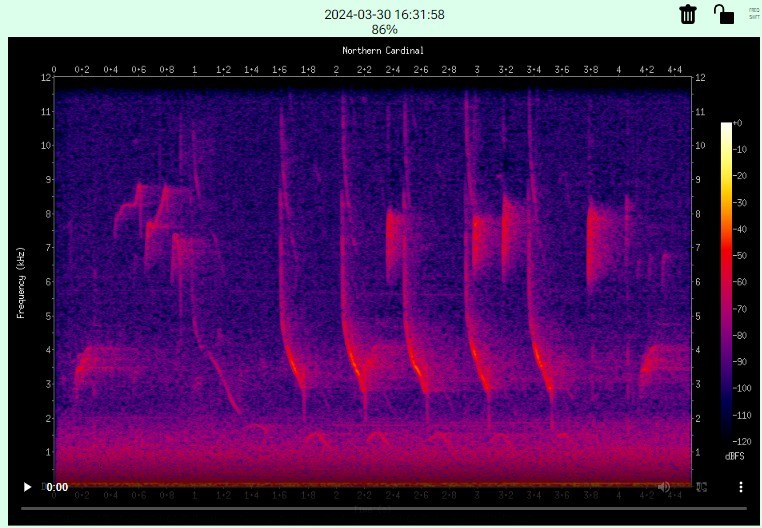
Spectrogram of a Northern Cardinal created by BirdNET-Pi
How Machine Learning Classification Works
A real-time bird spectrogram classifier that employs machine learning typically follows a multi-step process to identify bird species from audio recordings in real-time:
Audio Capture: The system continuously captures audio input from a microphone or another source, typically in short segments to facilitate real-time processing.
Preprocessing: Each audio segment undergoes preprocessing steps to enhance the quality and extract relevant features. This may include filtering out noise, resampling the audio, and segmenting it into smaller, manageable chunks.
Feature Extraction: The preprocessed audio segments are then transformed into spectrograms using the Fourier transform or similar methods. From these spectrograms, a set of features is extracted to characterize the unique aspects of each bird vocalization. These features may include frequency distributions, spectral density, temporal patterns, and various statistical measures.
Machine Learning Classification: The extracted features are fed into a machine learning model, typically a classifier trained on a large dataset of labeled spectrograms. Common algorithms used for classification include deep learning models such as Convolutional Neural Networks (CNNs), Recurrent Neural Networks (RNNs), or hybrid architectures like Convolutional Recurrent Neural Networks (CRNNs). The classifier learns to recognize patterns in the spectrograms that are indicative of different bird species.
Real-Time Inference: During real-time operation, the classifier processes the spectrogram features of incoming audio segments and makes predictions about the bird species present. This involves passing the features through the trained model and obtaining probability scores or class labels for each potential bird species.
Post-Processing and Decision Making: The output from the classifier may undergo post-processing steps to refine the predictions or smooth out inconsistencies. For example, smoothing techniques or thresholding may be applied to filter out false positives or improve the accuracy of the final predictions. The system then makes a decision based on the processed output, determining the most likely bird species present in the audio segment.
Feedback and Adaptation: In some systems, there may be mechanisms for feedback and adaptation, where the classifier’s performance is continuously monitored, and adjustments are made to improve its accuracy over time. This could involve updating the model with new data, fine-tuning parameters, or implementing adaptive algorithms that dynamically adjust to changing environmental conditions or bird populations.
By integrating these components, a real-time bird spectrogram classifier can effectively identify bird species from audio recordings with minimal delay, making it a valuable tool for various applications such as wildlife monitoring, ecological research, and conservation efforts.


